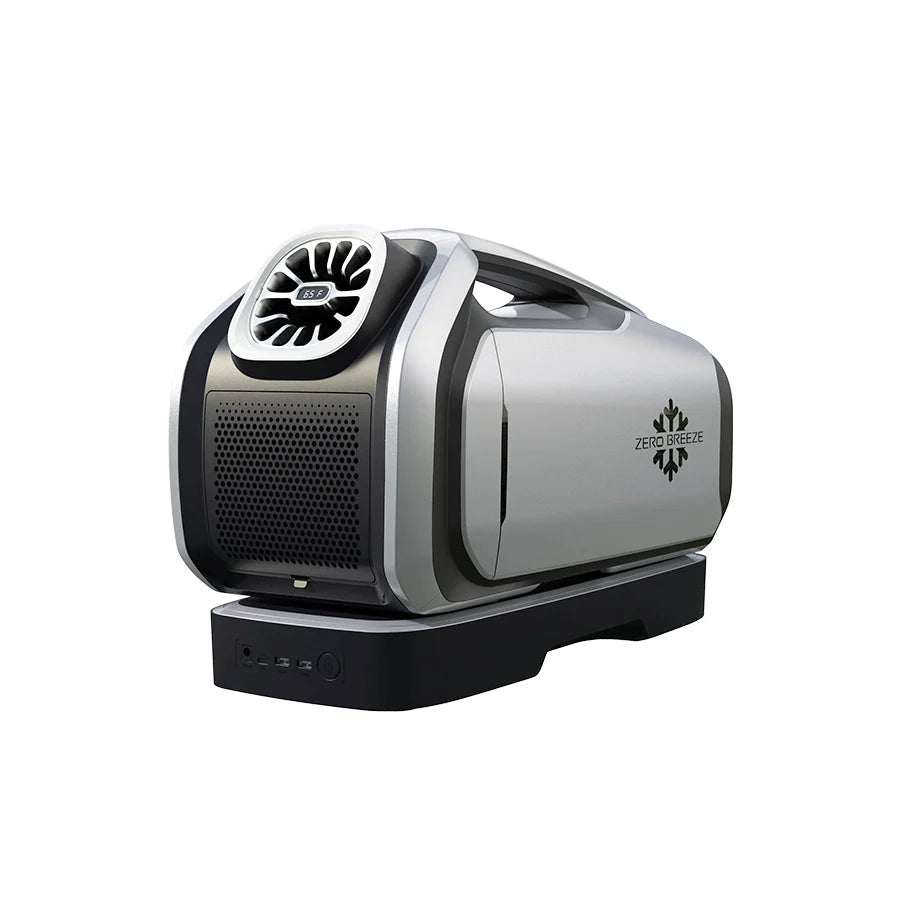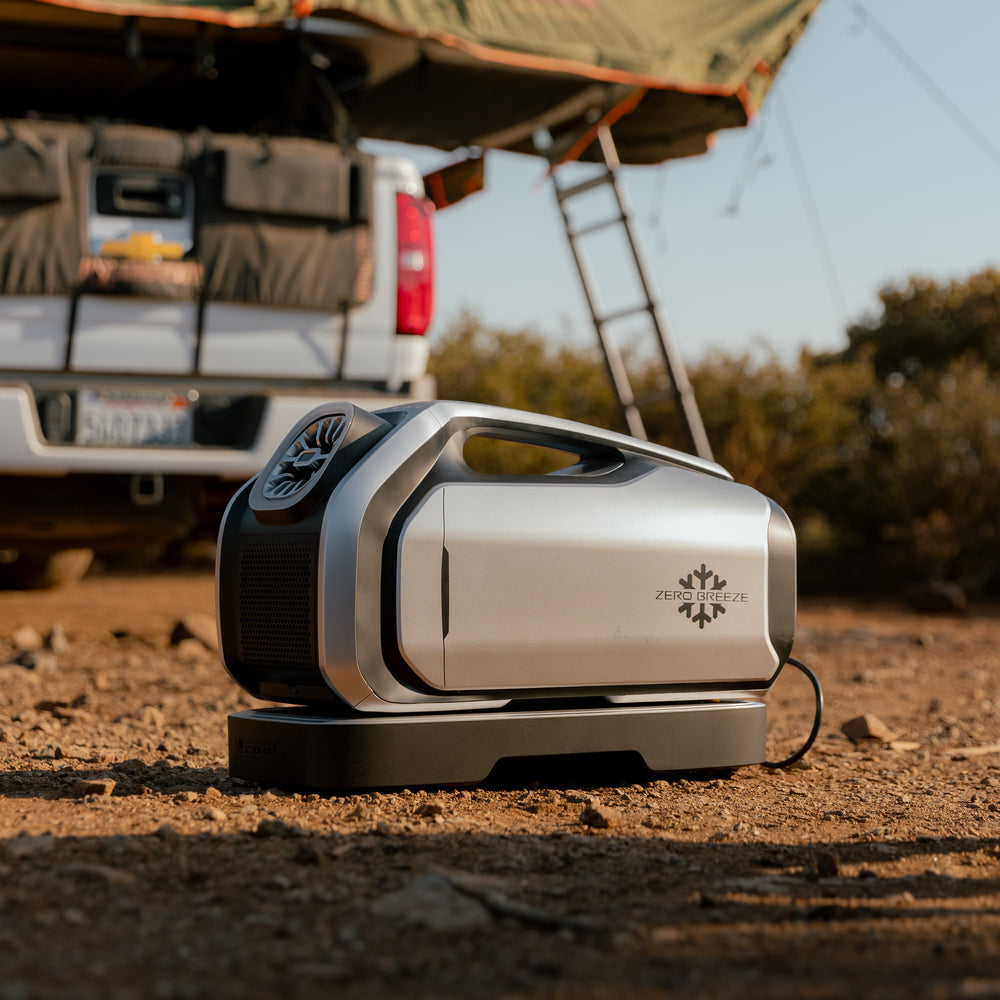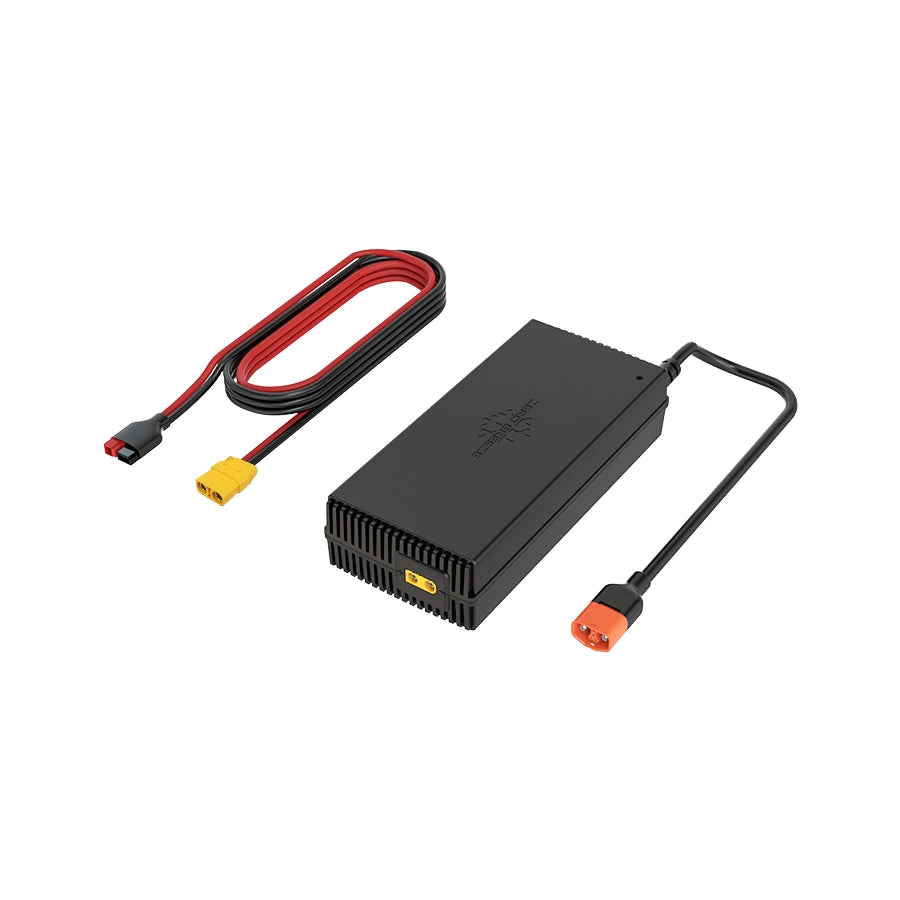Understanding Off-Grid Cooling: Why Mark 2’s 2300 BTU is the Smartest Choice for Overlanders

Introduction: Rethinking BTU Needs for Outdoor Cooling
When planning comfort solutions for Overlanding, many adventurers are drawn to air conditioners with high BTU ratings. While it's intuitive to think that more BTUs equal better cooling, this isn't necessarily effective or efficient in the context of outdoor adventures.
This article aims to debunk common BTU misconceptions and illustrate why the Mark 2 AC, with its 2300 BTU rating, is not just adequate but ideal for Overlanding.
What is a BTU?
A BTU, or British Thermal Unit, measures the heat required to raise the temperature of one pound of water by one degree Fahrenheit. In air conditioning terms, BTUs measure the heat removal capacity of the unit per hour.
While a higher BTU number generally signifies more cooling power, its implications differ significantly in an outdoor setting.
The Challenges of Outdoor Cooling
Outdoor environments pose unique challenges that differ markedly from indoor settings:
- Lack of Insulation: Unlike homes, outdoor settings like tents or campers lack insulation, making it difficult for high-BTU units to be effective.
- Energy Limitations: High-BTU air conditioners consume more power, which can deplete limited off-grid energy resources quickly.
The Reality of Daytime Cooling Needs
Daytime cooling in outdoor conditions often demands an impractically high number of BTUs due to direct sunlight and lack of insulation. For example:
- Jeep Wrangler: Requires around 13,500 BTU.
- Standard Two-Person Tent: Needs about 9,000 BTU.
Attempting to use high-BTU units off-grid during the day is akin to trying to fill a leaky bucket. It's inefficient and impractical due to the immense energy they require.
Why 2300 BTU is Optimal for Nighttime Cooling
When the sun sets, the primary heat source is removed, and the cooling requirements decrease significantly. This makes nighttime the ideal scenario for using powered cooling:
- Energy Efficiency: The Mark 2’s 2300 BTU is perfect for the reduced heat load after sunset. It efficiently manages the residual warmth from the ground and air, providing adequate cooling without excessive power consumption.
- Perfect Balance: It offers the perfect balance between cooling efficiency and energy use, optimizing comfort without overburdening limited power supplies.
- Portability and Practicality: Its low power requirement means it can be recharged even with a simple car charger during the day, making it incredibly practical for Overlanders who value simplicity and efficiency.
Conclusion: The Smart Choice for Overlanders
Choosing the right air conditioner for Overlanding shouldn't be about seeking the highest BTU rating but finding a unit that balances cooling effectiveness with practical energy usage. The Mark 2 AC, with its 2300 BTU rating, stands out as the ideal choice for adventurers.
It avoids the pitfalls of higher BTU models that are impractical off-grid and offers a portable, efficient solution that is perfectly suited for the unique challenges of Overlanding.










Leave a comment